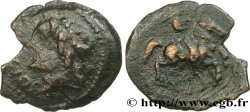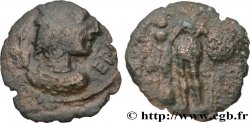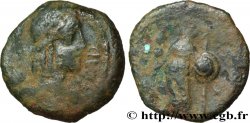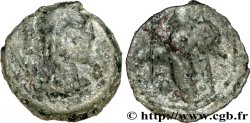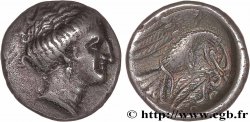Live auction - bga_823857 - GALLIA - ARVERNI (Area of Clermont-Ferrand) Statère d’or au nom de VERCINGETORIXS, classe à l’amphore et au S couché
You must signin and be an approved bidder to bid, LOGIN TO BID. Accounts are subject to approval and the approval process takes place within 48 hours. Do not wait until the day a sale closes to register. Clicking on "BID" constitutes acceptance of the terms of use of cgb.fr private live auctions.
Bids must be placed in whole Euro amounts only. The sale will start closing at the time stated on the item description; any bids received at the site after the closing time will not be executed. Transmission times may vary and bids could be rejected if you wait until the last second. For further information check the Live auction FAQ
All winning bids are subject to a 18% buyer’s fee.
All winning bids are subject to a 18% buyer’s fee.
| Estimate : | 250 000 € |
| Price : | 390 000 € |
| Maximum bid : | 390 000 € |
| End of the sale : | 06 June 2023 16:42:58 |
| bidders : | 2 bidders |
Type : Statère d’or au nom de VERCINGETORIXS, classe à l’amphore et au S couché
Date: 58-52 avant J.-C.
Metal : gold
Diameter : 17,5 mm
Orientation dies : 10 h.
Weight : 7,44 g.
Rarity : R3
Coments on the condition:
Bel exemplaire sur un flan bien centré au droit. Éclatement de flan à 12 heures au droit se retrouvant à 2 heures au revers. La légende VERCINGETORIXS est presque complète ! Rayure sur l’arrière de la joue. Revers agréable avec un joli cheval. Légère patine de collection
Catalogue references :
Predigree :
Monnaie provenant de la collection André Libaud
Avec son certificat d'exportation de bien culturel n°225122 délivré par le ministère français de la Culture
Obverse
Obverse legend : VERCI-NGETO[RIXS].
Obverse description : Tête nue à gauche, la chevelure ondulée ; légende commençant devant le menton, se terminant derrière la nuque ; grènetis.
Reverse
Reverse legend : ANÉPIGRAPHE.
Reverse description : Cheval bondissant à gauche, un S couché au-dessus du dos (et une amphore entre les jambes).
Commentary
Exemplaire publié dans le Nouvel Atlas des Monnaies Gauloises de Louis-Pol Delestrée et Marcel Tache (janvier 2007, sous le n° 3599, p. 151 et pl. XXVI), et dans les Cahiers Numismatiques n°200 du 1er juin 2014 (p. 31, Fig. II). Ce statère appartient à la série monétaire gauloise la plus populaire et la plus recherchée par les numismates.
Les statères d’or de la série VERCINGETORIXS sont décrits selon trois classes par Delestrée et Tache : classes I-II pour les avers à tête nue et avec le revers à l’amphore et au S couché (classe I à laquelle ce statère appartient) ou à l’amphore et au croissant (classe II). Les statères d’or de la classe III présentent au droit une effigie casquée.
Les statères d’or de la série VERCINGETORIXS sont décrits selon trois classes par Delestrée et Tache : classes I-II pour les avers à tête nue et avec le revers à l’amphore et au S couché (classe I à laquelle ce statère appartient) ou à l’amphore et au croissant (classe II). Les statères d’or de la classe III présentent au droit une effigie casquée.







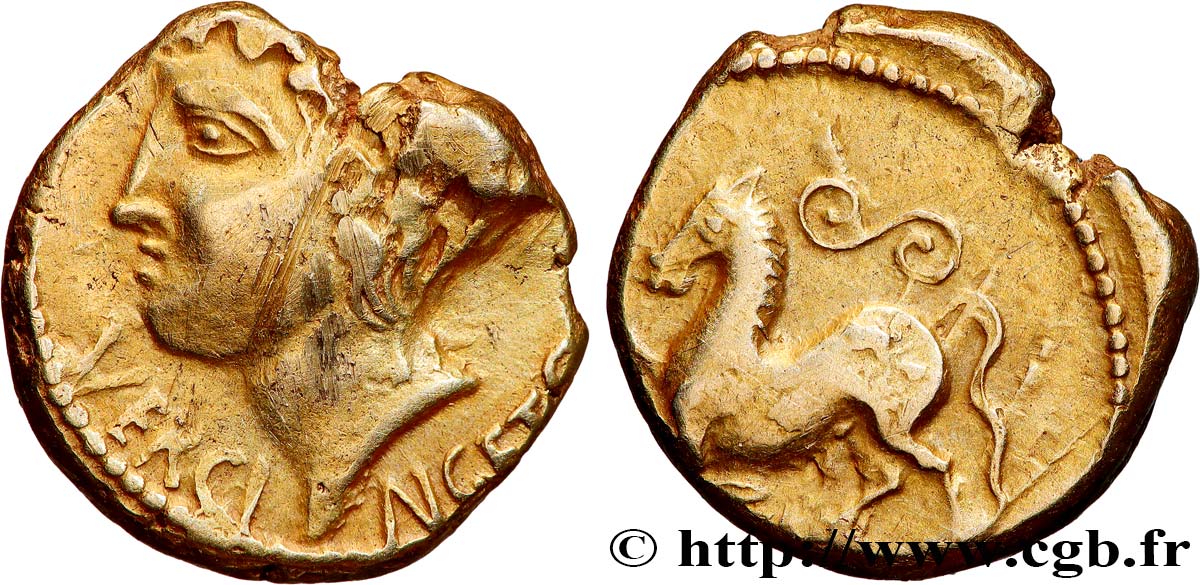
 Report a mistake
Report a mistake Print the page
Print the page Share my selection
Share my selection Ask a question
Ask a question Consign / sell
Consign / sell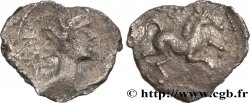
 Full data
Full data